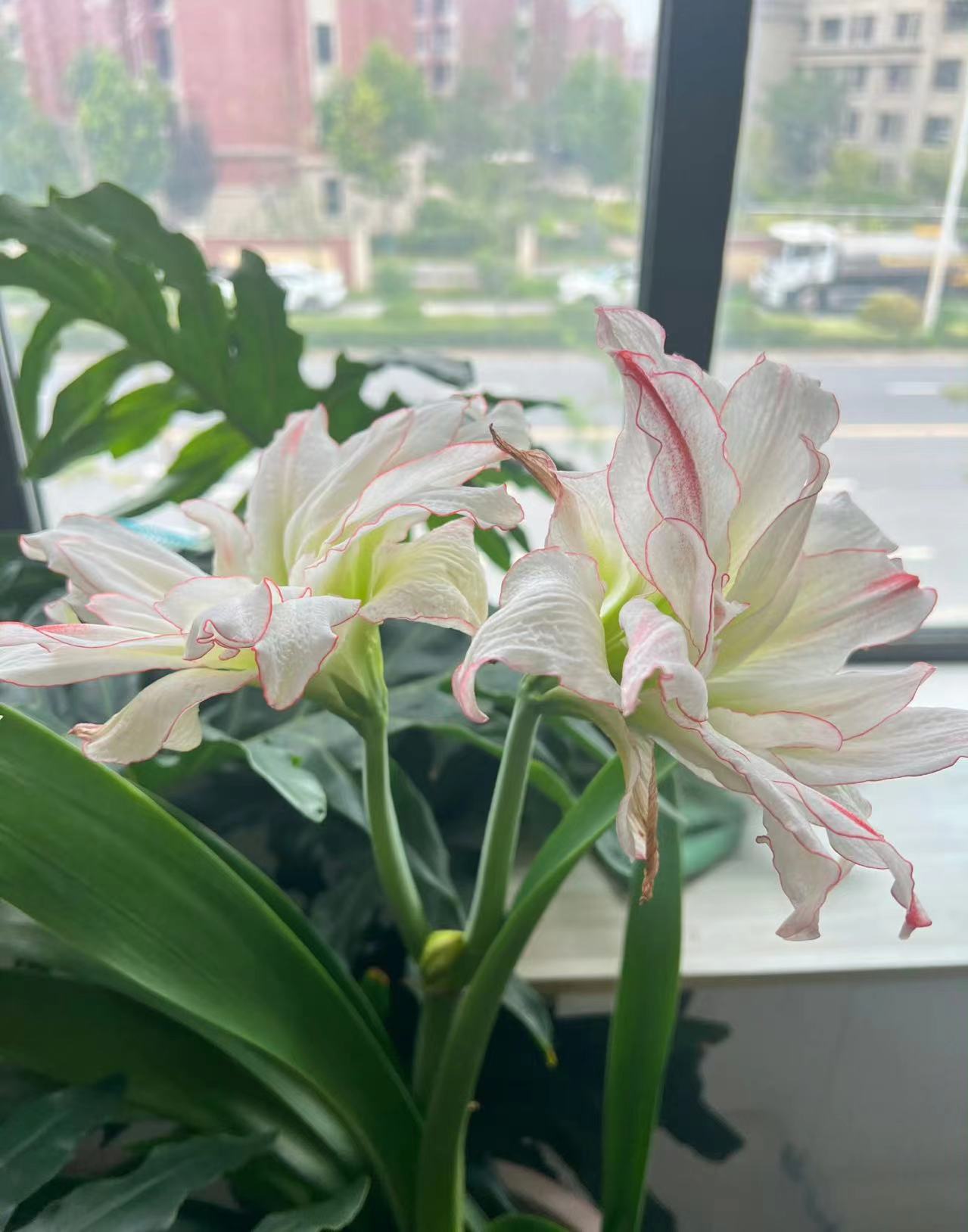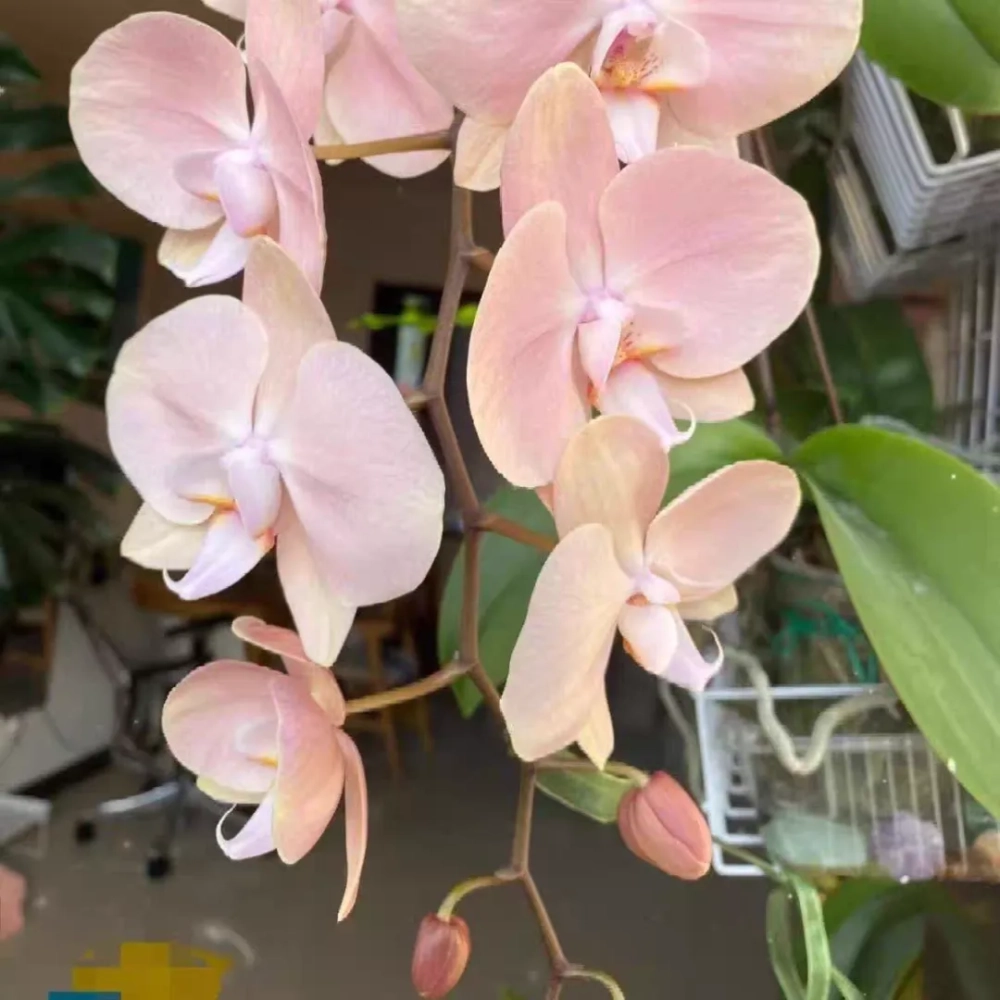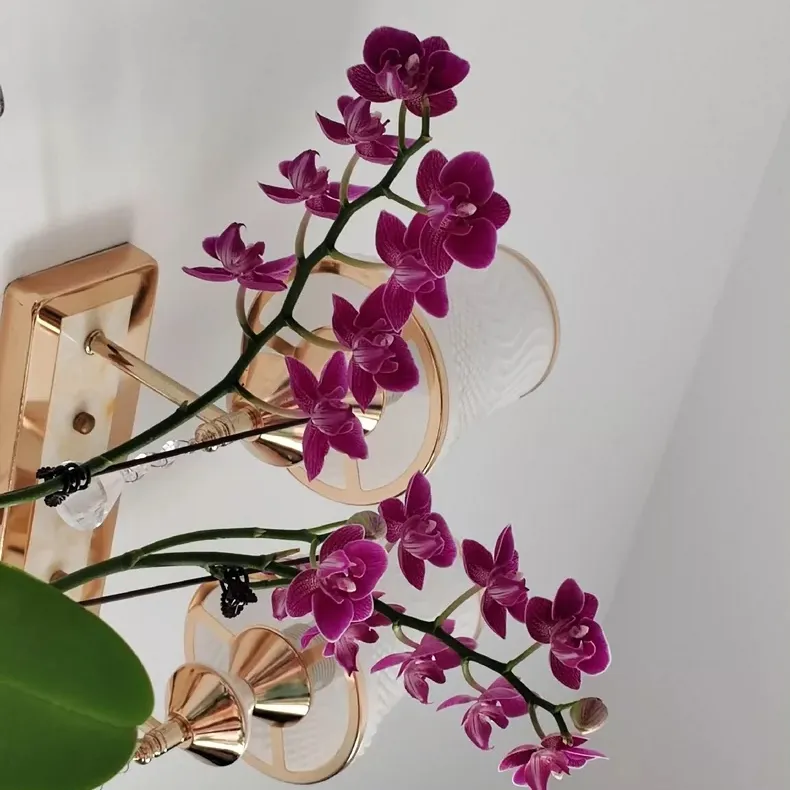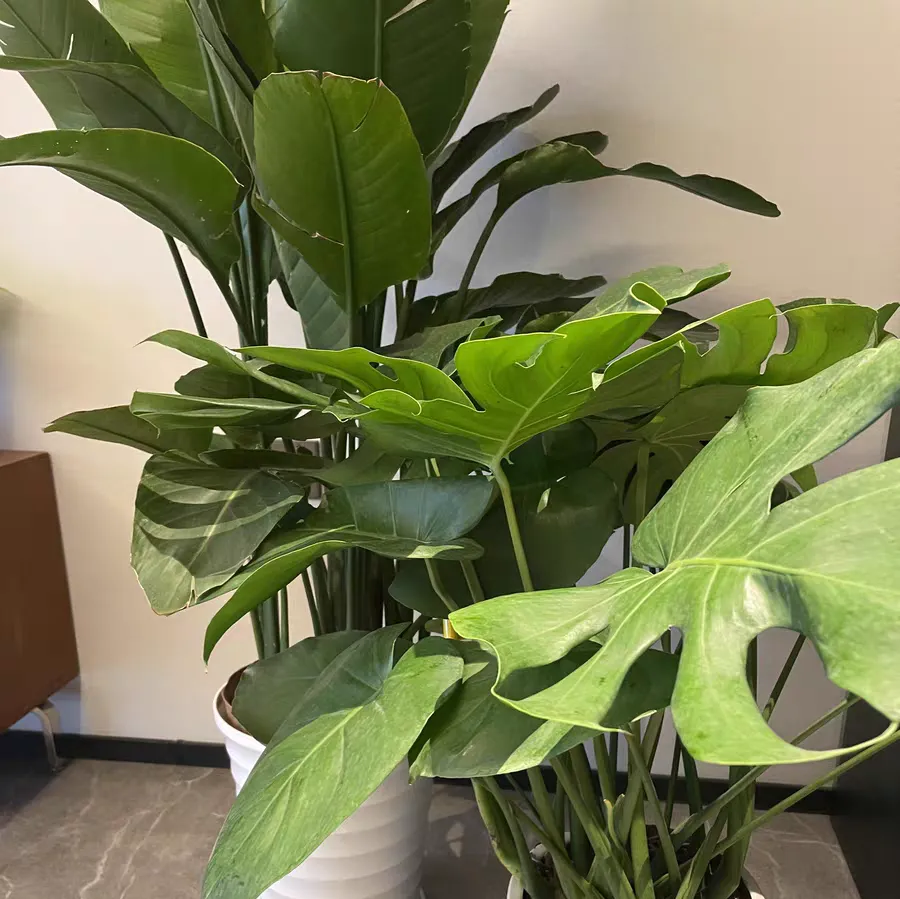During the process of maintaining Amaryllis, flower lovers may encounter some tricky problems, such as no root growth after flowering and short flower scapes. To help the majority of flower lovers better care for Amaryllis and make it bloom more brilliantly, the following will introduce these two problems and provide corresponding solutions.
The failure of Amaryllis to take root after flowering can be caused by multiple reasons.
Firstly, unsuitable soil conditions are a common factor. Amaryllis likes loose, fertile, and well-drained soil. If the soil is too sticky or infertile, with poor air permeability, it will affect the growth and development of the root system.
Then, a poor maintenance environment may also be the culprit. For example, too high or too low temperatures, too high or too low humidity, and poor ventilation can all hinder the normal growth of the Amaryllis root system.
Furthermore, improper fertilization is also an important reason. After flowering, if too much or too little fertilizer is applied, or the type of fertilizer used is inappropriate, it may cause the plant to be unable to obtain sufficient nutrients to support the growth of the root system. Fourthly, the invasion of pests and diseases may also cause damage to the root system of Amaryllis, thereby affecting root growth.
For the problem of Amaryllis not taking root after flowering, the following measures can be taken to solve it.
Check the soil condition. If the soil does not meet the requirements, it should be replaced in time. It is recommended to use a soil mixture composed of leaf mold soil, peat soil, perlite, etc. to provide a good growth environment.
Optimize the maintenance environment. Place the Amaryllis in a location with a suitable temperature (18-25°C), moderate humidity (50%-70%), and good ventilation. Avoid exposing it to extreme temperature and humidity conditions.
Fertilize reasonably. The amount of fertilizer should be appropriately reduced after flowering, but a balanced supply of nutrients should be ensured. Fertilizers rich in phosphorus and potassium elements can be selected to promote root growth.
Strengthen the prevention and control of pests and diseases. Regularly inspect the plants, promptly discover and deal with pest and disease problems, and use appropriate pesticides for prevention and control to protect the health of the plants.
The short flower scapes of Amaryllis may have the following reasons. Insufficient light is one of the common factors. Amaryllis needs sufficient light for photosynthesis. If the light duration is too short or the light intensity is insufficient, it will affect the growth and elongation of the flower scapes.
Nutrient deficiency can also lead to short flower scapes. During the growth process, if the plant does not obtain sufficient nutrients, especially the lack of elements such as phosphorus and potassium, the growth of the flower scapes will be limited. Variety characteristics may also be a reason. Some Amaryllis varieties themselves have relatively short flower scapes.
For the problem of short flower scapes of Amaryllis, the following countermeasures can be taken.
First, ensure sufficient light. Place the Amaryllis in a sunny position, but provide appropriate shading during high temperatures in summer to avoid direct strong light. During the growth period, regularly apply fertilizers rich in phosphorus and potassium elements to meet the nutritional needs of the plants and promote the growth of the flower scapes.
When encountering problems of no root growth after flowering and short flower scapes, don't panic. As long as you identify the reasons and take the correct countermeasures, believe that your Amaryllis will definitely recover its health.
What to do if Amaryllis does not take root after flowering?

Share with
Tagged in :




Leave a Reply